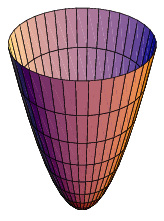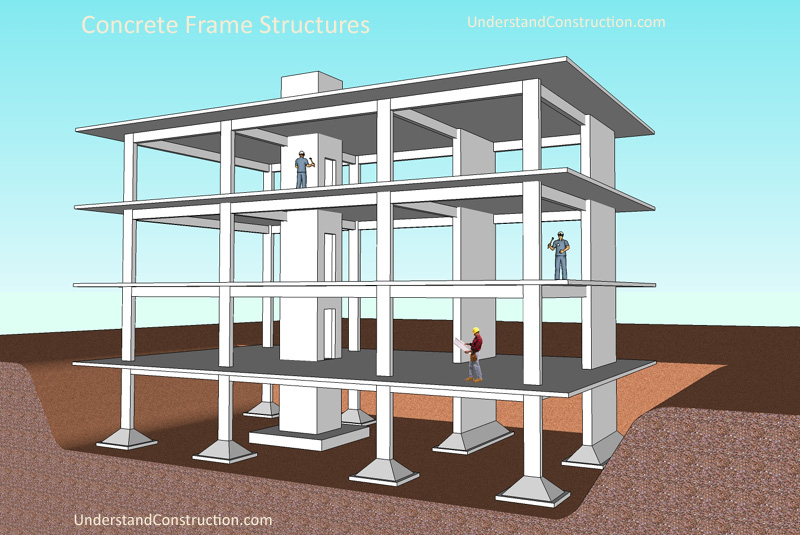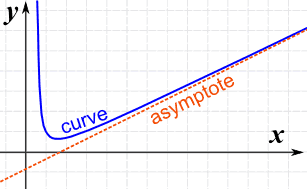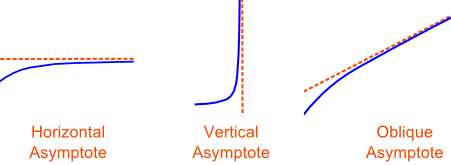Definition: A thermometer is a device that measures temperature. When we touch something we either feel hot or cold or we may not feel anything at all. This relative feeling is a qualitative measurement which can tell whether the body is warm or cold. But this type of observation can not tell how much hot or how much cold it is. Hence, in order to get a quantitative value of temperature we must be able to measure it and get a number corresponding to the degree of hotness or coldness. A thermometer helps us measure this quantity called temperature.
Temperature is that property of a system which can tell whether the system is in thermal equilibrium with another system or not. It is also the degree of hotness or coldness of a body.Thermometric Property: Change in temperature of any material is associated with change in its other properties such as Pressure, Volume, Density, Electrical resistance, color, etc.










